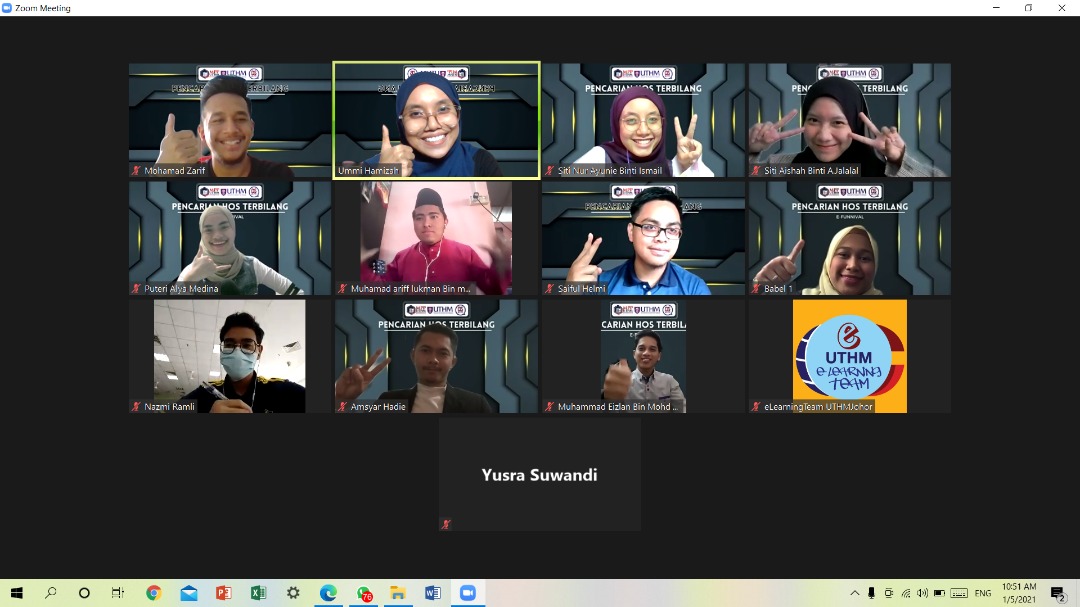
As our Covid-19 situation is not getting any better soon, schools and universities have opted for online distance learning to ensure that our youth receive their education without any interruptions. Problem-Based Learning (PBL) is more common in a physical class where students can move around and have face-to-face conversations with each other. So, can PBL be conducted online? The answer is yes, it is possible, but with several challenges.
Technical issues
When learning is online, we will encounter technical issues. The most common complication faced both by students and educators is the connectivity issue. Some of us live in rural areas. Some share home WIFI with other family members. Even if we have the latest laptops or smartphones available on the market, the most vital aspect to look at is maintaining reliable internet access and coverage.
Other than that, some students use old, second-hand gadgets that do not have the appropriate processor to support the latest software. So, we need to be diverse. We obviously need to learn and equip ourselves with various online platforms to suit the nature of online PBL and decide which one works best for the students. For example, we can use ZOOM breakout rooms. This feature allows a person to jump from a room to another room. It is perfect for peer discussions, group presentations, gallery walks, and other speaking and listening activities. Each group can assign one member to record their whole process and share it on another platform like Instagram, TikTok, YouTube, or Google Classroom.
Next, keep updating your online platform with the latest version. It is crucial to avoid sluggish performance, file crashing, bugs, or random reboots. Apart from that, new updates sometimes bring out new features that might be very helpful or transform your teaching and learning experience.
Finally, always test it out before you start a lesson. We need to familiarize ourselves with the new platform and identify possible technical issues that we could encounter when using it.
Teamwork and participation
Some prefer working in teams, while others prefer to work individually. PBL requires teamwork and trust. Hence, each group must set ground rules and take responsibility for them. Despite that, there will be emerging issues that an educator needs to overcome. For instance, a student has to take care of the house chores as she is the only daughter with a single parent. She has less time than her peers and cannot tolerate tardiness from her group members. In such circumstances, dissatisfaction remarks and silent treatment occur among them. At that moment, it is not feasible for an educator to shift the entire focus to one group because you have to keep up with the class schedule and keep track of the other groups. Hence, it is crucial to facilitate the students in noticing how negative interactions affected them as a team. Focus more on forgiving rather than criticizing and finding out who made mistakes (it will become endless debates). Finally, move on. If the issue persists, the facilitator needs to decide on the best solutions. There is no one-fit-all solution.
Time management.
You might end up taking a lot of time for your first online PBL class despite having a well-planned lesson. You and the students are trying to adapt to this new teaching and learning style. It requires trial and error to get it right. As we are getting more and more familiar with online PBL, eventually, everyone will find the right rhythm and pace. As time goes by, students no longer need continuous facilitation and support from the educator as they know what they are supposed to do. Practice makes perfect.
Designing the perfect trigger
For PBL, students learn from finding solutions to a trigger given by the educator. A perfect trigger refers to a problem created based on relatable life situations. It must invoke students’ previous knowledge and initiate a connection with new knowledge. It must be interesting enough to spark students’ interest and start peer discussion.
Above all, if it fails, move on and learn from it. “Life is about accepting the challenges along the way, choosing to keep moving forward, and savouring the journey.”? Roy T. Bennett, The Light in the Heart. From failures, we learn and grow towards the success of reaching any goals that we set.

Wardah Mohd Zuraimee
Language Teacher
Centre For Language Studies
Universiti Tun Hussein Onn Malaysia (UTHM)
*Editor: Dr. Elizabeth a/p M. Anthony









